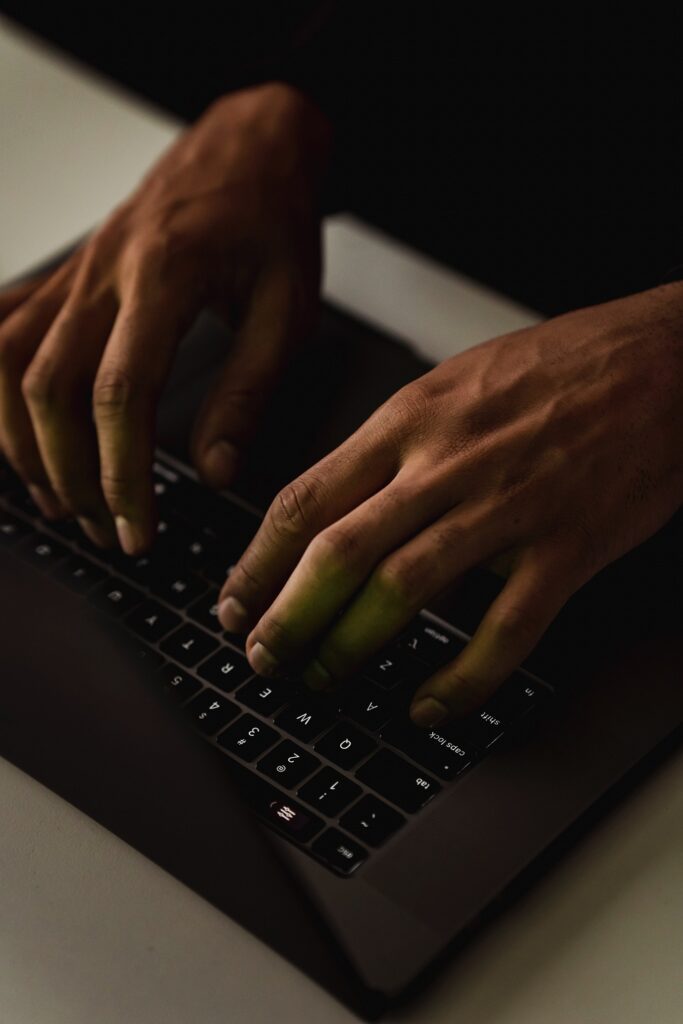
Proxies are commonly used to hide the real IP addresses of internet users. However, it is still possible to track the real IP address behind a proxy under certain circumstances. In this article, we will discuss how proxies work, how they can be used to hide IP addresses, and the methods that can be used to track the real IP address behind a proxy.
How Proxies Work
A proxy server is a middleman between a user and the internet. When a user connects to the internet through a proxy server, the proxy server acts as a gateway between the user’s device and the internet. The user’s device sends its internet traffic to the proxy server, which then forwards the traffic to the internet on behalf of the user. This makes it appear as though the traffic is originating from the proxy server rather than the user’s device.
How Proxies Hide IP Addresses
Proxies are commonly used to hide the real IP addresses of internet users. When a user connects to the internet through a proxy server, the user’s IP address is replaced with the IP address of the proxy server. This makes it difficult for websites and other online services to determine the real location and identity of the user.
Can We Track the Real IP Address Behind a Proxy?
While proxies can be effective at hiding IP addresses, it is still possible to track the real IP address behind a proxy under certain circumstances. Here are some methods that can be used to track the real IP address behind a proxy:
Packet Analysis: Packet analysis is a method of examining the contents of internet traffic to determine the source and destination IP addresses. If a user’s device sends packets directly to a website or service without going through a proxy, the real IP address of the user’s device can be determined through packet analysis.
Server Logs: Many websites and online services keep logs of IP addresses that access their services. If a user accesses a website or service through a proxy server, the IP address of the proxy server will be recorded in the logs. However, if the user’s device sends any traffic directly to the website or service without going through the proxy server, the real IP address of the user’s device can be determined from the logs.
DNS Leaks: A DNS leak occurs when a user’s device sends DNS queries directly to a DNS server instead of going through the proxy server. This can reveal the real IP address of the user’s device to the DNS server.
WebRTC Leaks: WebRTC is a technology used for real-time communication between web browsers. If a user’s device is not configured to use the proxy server for WebRTC connections, the real IP address of the user’s device can be revealed to other users in the communication.
Proxies are commonly used to hide the real IP addresses of internet users. While proxies can be effective at hiding IP addresses, it is still possible to track the real IP address behind a proxy under certain circumstances. It is important for internet users to be aware of the limitations of proxies and take steps to protect their privacy and security when using proxies. This can include configuring their devices to use the proxy server for all types of internet traffic, using secure and reputable proxy servers, and implementing additional security measures such as VPNs and anti-malware software.